Recent Posts
SERVPRO of Toms River IICRC Certified Firm 2024
1/15/2024 (Permalink)
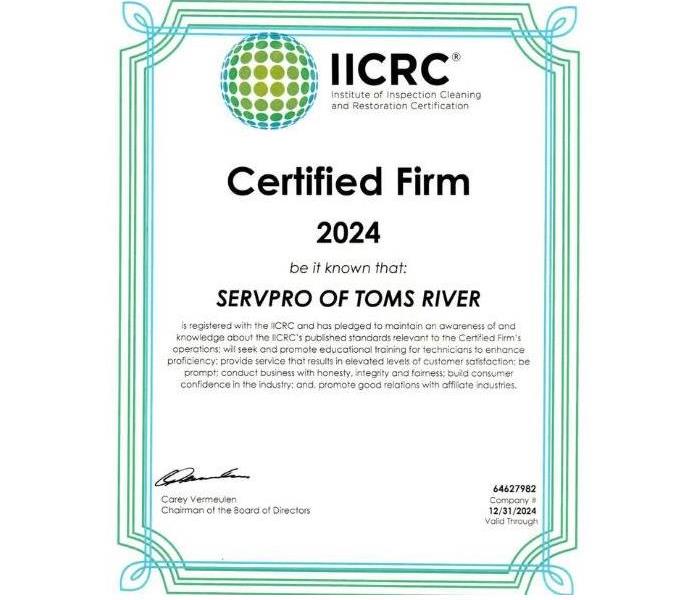 Certified Firms work in the field every day with unmatched expertise to complete complex projects and do it right the first time.
Certified Firms work in the field every day with unmatched expertise to complete complex projects and do it right the first time.
SERVPRO of Toms River is proud to be a certified firm again this year with the IICRC
The IICRC is the Institute of Inspection Cleaning and Restoration Certification, a non-profit organization for the Inspection, Cleaning, and Restoration Industries. Since starting in 1972, the IICRC has evolved into a global organization with more than 49,000 active Certified Technicians and more than 6,500 Certified Firms around the world.
The IICRC is managed by its Board of Directors, which is comprised of 15 industry leaders elected by the IICRC’s Shareholders. The Board of Directors’ function is to represent the various interests of the applicants while leading the direction of the organization. The Board of Directors meets four times per year and is tasked with the responsibility of helping shape future policies of the organization and uphold the standards that help shape the industry.
To establish and advance globally recognized standards, credentials, and certifications for the inspection, cleaning, and restoration industries.
IICRC Certified Firms are known for their high level of technical experience and professionalismWith the rapid increase in consumer calls due to the demand for cleaning and restoration projects, Certified Firms are working in the field every day. With unmatched expertise to complete complex projects, Certified Firms give consumers peace of mind that the job will be completed right the first time.
Click here for more information on the IICRC and SERVPRO of Toms River.
The Art of Vandalism Cleanup by SERVPRO of Toms River
1/10/2024 (Permalink)
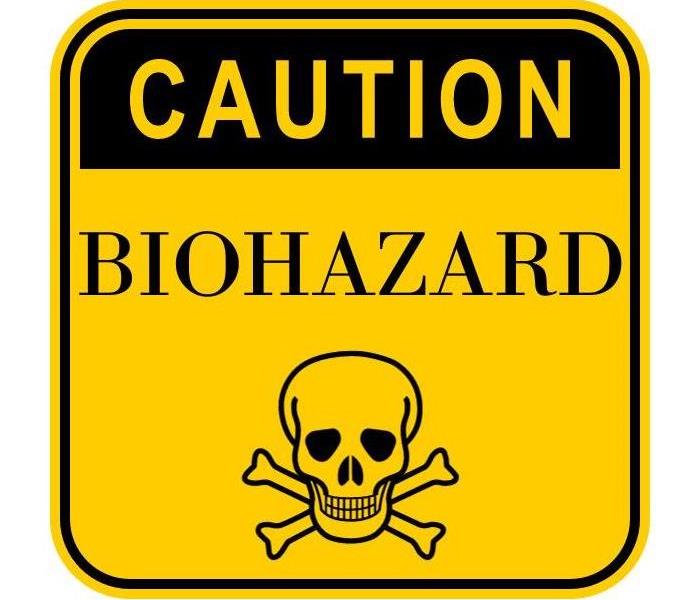 24/7 death, crime scene, suicide cleanup and other biohazard cleanup services are provided by trained technicians of SERVPRO of Toms River.
24/7 death, crime scene, suicide cleanup and other biohazard cleanup services are provided by trained technicians of SERVPRO of Toms River.
Vandalism cleanup at your South Toms River home is a terrifying thing to experience and can have a great impact on individuals. With blood and broken glass present, it is important to act promptly. Broken glass can cause injuries if not removed and blood spills can have harmful blood-borne pathogens that may present a health risk. Once the authorities process the scene and complete their investigation, SERVPRO of Toms River can start the biohazard cleanup process.
What does the cleanup process entail?
There are 5 steps in our biohazard cleanup process:
- Assess the area, including the amount surrounding area of hazardous material.
- Isolate the impacted area to prevent further spread and prevent cross-contamination.
- Clean all signs of blood or biological material and safely discard contaminated materials.
- Disinfect impacted areas with proper cleaners specific to your specific job requirements.
- Remove any remaining or lingering odors.
When vandalism disrupts your life it can be very unsettling. SERVPRO's team of highly trained technicians will act quickly to restore your property and your safety to give you back your piece of mind.
Christmastime Fire Safety
12/20/2023 (Permalink)
 Remember to practice safe cooking and baking habits this holiday season.
Remember to practice safe cooking and baking habits this holiday season.
Christmastime may be the most wonderful time of the year but that also means it can be a bit hectic. There are lots of parties, gift shopping, decorating, holiday movie watching, Christmas card writing, holiday pictures, Santa visits, baking and cooking.
With the increase in baking and cooking comes the increased risk of kitchen fires. Here are the top fire cooking safety tips from the National Fire Protection Agency:
- Stay in the kitchen when you are cooking on the stove top so you can keep an eye on the food.
- Stay in the home when cooking your turkey, and check on it frequently.
- Keep children away from the stove. The stove will be hot and kids should stay three feet away.
- Make sure kids stay away from hot food and liquids. The steam or splash from vegetables, gravy or coffee could cause serious burns.
- Keep knives out of the reach of children.
- Be sure electric cords from an electric knife, coffee maker, plate warmer or mixer are not dangling off the counter within easy reach of a child.
- Keep matches and utility lighters out of the reach of children — up high in a locked cabinet.
- Never leave children alone in room with a lit candle.
- Keep the floor clear so you don’t trip over kids, toys, pocketbooks or bags.
- Make sure your smoke alarms are working. Test them by pushing the test button.
Lastly, apply your own common sense around safety in the kitchen. When in doubt about something, always err on the side of caution.
Enjoy the company of your family and friends this Christmas but make sure to take the proper safety precautions while cooking. If a kitchen fire does happened, SERVPRO of Toms River is open 24/7 to make it "Like it never even happened".
First Thing to Do After a Water Loss Occurs in Toms River
12/1/2023 (Permalink)
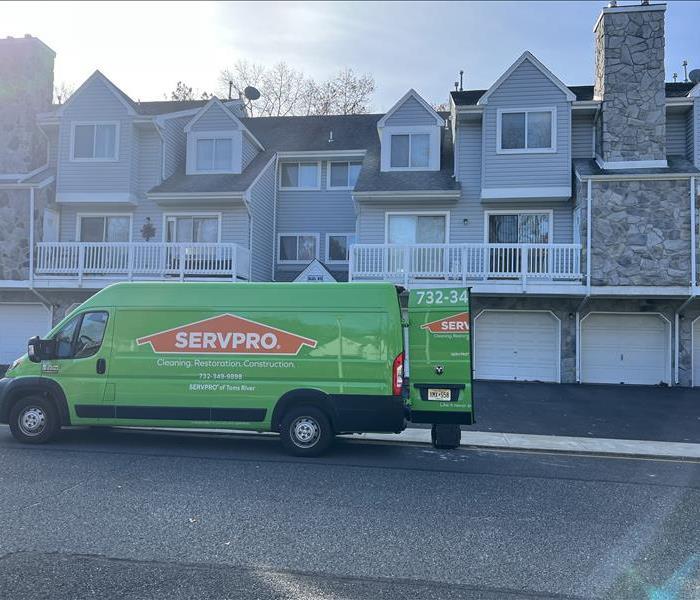 This town house complex in Toms River had a water main break in an upstairs unit and water leaked down to our client's below.
This town house complex in Toms River had a water main break in an upstairs unit and water leaked down to our client's below.
This town house complex in Toms River had a water main break in an upstairs unit and water leaked down to our client's unit below. Four entire rooms were affected by the water that came from above. If this happens to you, always try to stop the flow of water first. Either do it yourself if it is both safe and possible to do so or call a plumber to do it for you. Locate your home’s main water supply line and turn it off at the valve. This will cease the flow of water to the entire house and should stop the leak in its tracks. This will prevent additional water from flowing into you town home and can help limit further damage to your property and to your belongings. Our team is here to help in times of distress and we will help you navigate the water damage cleanup process from start to finish. We will restore your property by providing comprehensive water damage cleanup services to customers throughout Ocean County. SERVPRO of Toms River is always there to make every water damage it "Like it never evened happened".
The Fiery Risks of Space Heaters
11/7/2023 (Permalink)
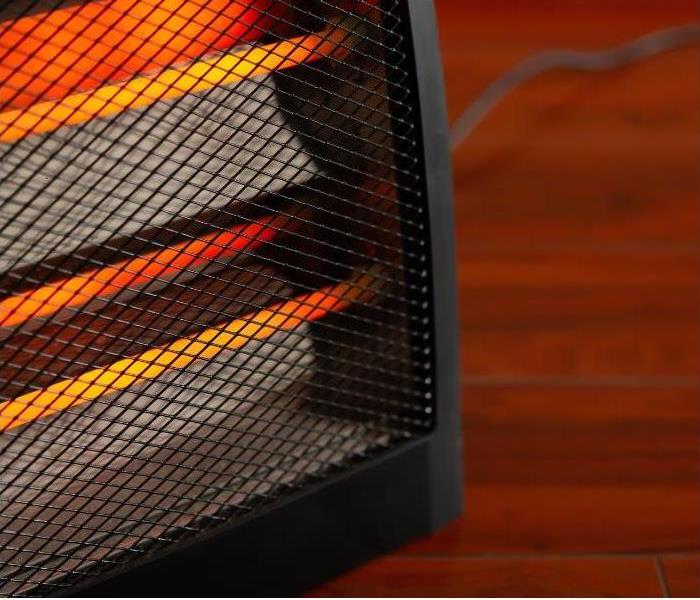 Stay Safe When You're Using Space Heaters This Winter!
Stay Safe When You're Using Space Heaters This Winter!
With winter just around the corner here in Bayville, it is never too early to discuss the potential dangers of heating equipment (such as space heaters) and their association with house fires. While heating devices provide warmth and comfort during colder seasons, it is important to be aware of the risks they may pose. Improper use or neglect of heating equipment can result in devastating fires that not only endanger lives but also lead to fire damage to your home. Understanding the potential hazards and taking necessary precautions is crucial to ensure the safety of your home and loved ones. “Heating equipment caused one in six home structure fires (13%) that took place in 2016–2020 and 18% of home fire deaths. A vast majority of home heating fire deaths (88%) involved stationary or portable space heaters. Nearly half (46%) of all home heating fires occurred in January, February, and December” stated the National Fire Protection Association
Below are 6 Safety Tips provided by NFPA:
- Ensure that any flammable items are kept a minimum of three feet away from heating
equipment. - Create a safe perimeter of three feet around space heaters, ensuring that children are
kept away from these areas. - It is crucial to have a certified professional install stationary space heating equipment
and central heating equipment in compliance with local codes and manufacturers’ instructions. - Ensure that heating equipment undergo an annual inspection and cleaning conducted
by a qualified professional. - Always remember to switch off portable heaters when leaving the room or going to bed.
- It is essential to use the designated fuel type specified by the manufacturer for fuel-
burning space heaters.
It is crucial to understand and respect the potential fire hazards associated with space heaters. By taking the necessary safety precautions and following best practices, we can enjoy the warmth they provide without putting ourselves or our surroundings at risk for a fire damage. By prioritizing fire safety, we can create a cozy and secure environment during the colder months.
SERVPRO of Toms River is here to help in the event of an emergency, don’t hesitate to reach out if you are in need of an expert or have any questions.
Stay warm and stay safe this winter!
Flood Zones and Your Island Heights Home
5/3/2023 (Permalink)
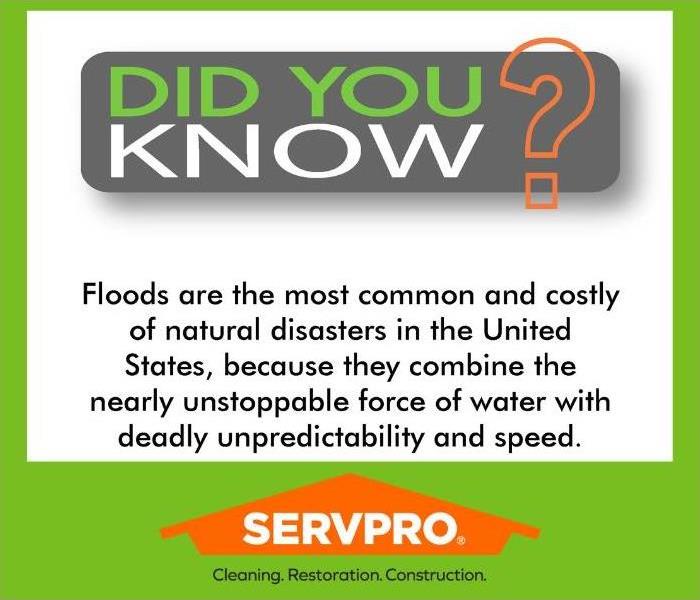 As a leader in flood damage restoration, SERVPRO of Toms River has the specialized training to restore your home back to its pre-flood condition.
As a leader in flood damage restoration, SERVPRO of Toms River has the specialized training to restore your home back to its pre-flood condition.
If you live in Island Heights you may be wondering if your property is at a high flood risk. According to Risk Factor, “There are
229 properties in Island Heights that have greater than a 26% chance of being severely affected
by flooding over the next 30 years. This represents 23% of all properties in Island Heights.” Just because some areas of Island Heights have a greater chance at experiencing a flood, doesn’t necessarily mean flood damage is going to happen to your home. It is always best to be prepared, below we have couple tips about these zones and how they could affect your home:
- What is a Flood Zone? Flood zone describes the risk of flooding for a specific area. Everyone lives in a flood zone- it’s
just classified between low, moderate, or high risk. FEMA determines these risk levels and you can locate this information at FEMA Flood Map Service Center. - Do I Need Flood Insurance? In New Jersey, if your home is in a high risk flood zone area you might be required to have flood insurance in order to qualify for a mortgage. In most cases, flood insurance is a separate policy than your homeowners or renters insurance. Discussing this with your insurance agent is the best way to determine this and see what your options are. Although flood insurance is not mandatory, it is always best to have coverage.
- What to do if a Flood Happens? If a storm causes flooding in your home, you need to contact SERVPRO of Toms River as quickly as possible for storm damage repair. Our highly trained team of professionals have the necessary equipment to extract large amounts of water and restore your property back to its original condition. It is important to act fast to prevent further damage to your home and potential mold growth.
Improper Crime Scene Cleanup Hidden Threats
5/1/2023 (Permalink)
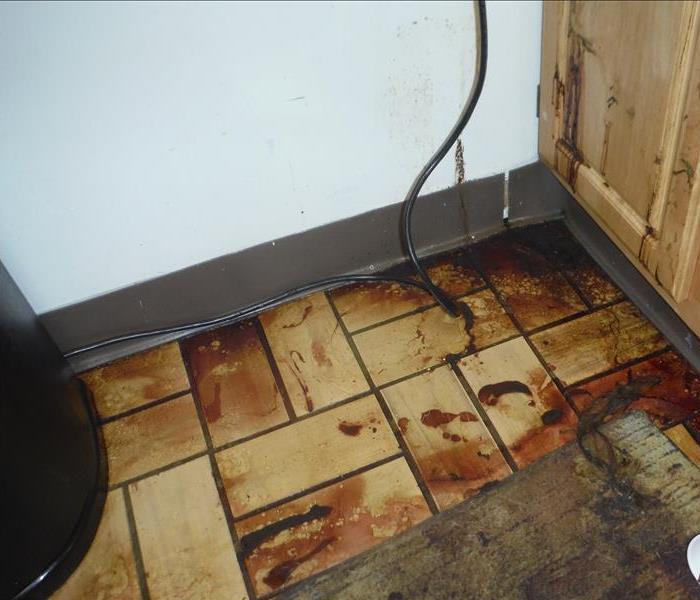 Biohazardous waste is any type of waste that contains biological hazards, which could be considered a threat to public health or the environment.
Biohazardous waste is any type of waste that contains biological hazards, which could be considered a threat to public health or the environment.
Violent crimes can occur anywhere, even near your Bayville home. No one wishes to encounter such a devastating experience but unfortunately that’s the reality of our world. The aftermath of a tragic experience can be just as overwhelming and traumatic as when it occurred, but it’s crucial to act quickly. The first step is to always contact the authorities and report the incident so they can investigate the situation. After all evidence has been gathered and the necessary emergency services have been performed, the scene needs to be cleaned up professionally. Ensuring the proper crime scene cleanup procedures is vital in protecting the public from the dangers of blood borne pathogens.
Here are a few consequences of improper crime scene cleanup:
- Health and Safety Risks: Improper crime scene cleanup posts a number of health risks for those that come into contact with the area. The scene is loaded with bacteria, pathogens, and viruses that cause infection and disease when not handled properly. Anyone that comes in contact with the scene is at risk. These blood-borne pathogens can cause the following: HIV, Hepatitis B and C, MRSA and Clostridium. It is of high importance to remove all of the biohazards with products and equipment from a professional biohazard cleanup company. Doing so will help maintain the health and safety of those on the property and restore it to the original condition.
- Permanent Property Damage: Biohazards and bloodstains need to be removed in a certain period of time or permanent damage can be caused to the property. If blood stains are left to long it can settle into the carpet and cause permanent stains. Blood stains can also weaken the structure of the house eventually leading to deterioration.
- Unpleasant Odors: The smell after a crime scene is anything but pleasant. Unfortunately, no house hold cleaning agents will work if biohazards, blood or bodily tissues had the opportunity to seep into the floor. Even after the standard cleaning has taken place, the strong odor will linger for days. If you want these odors fully removed it has to be done by a professional. Ozone machines, industrial strength deodorizers and foggers are used to fully remove these odors. Only this type of equipment is available to professional biohazard cleanup companies due to safety procedures.
- Improper Disposal of Biohazards: The best place for this is at a licensed medical waste facility. Biohazards need to be properly disposed of due to the risk of infections or diseases.
The cleaning of a crime scene is an important aspect in beginning the healing process. It is vital to contact a trusted professional biohazard cleaning company. SERVPRO of Toms River is available 24/7 to respond to all biohazard emergencies and restore the scene to the original condition.
What Natural Disasters Can Happen in New Jersey
4/26/2023 (Permalink)
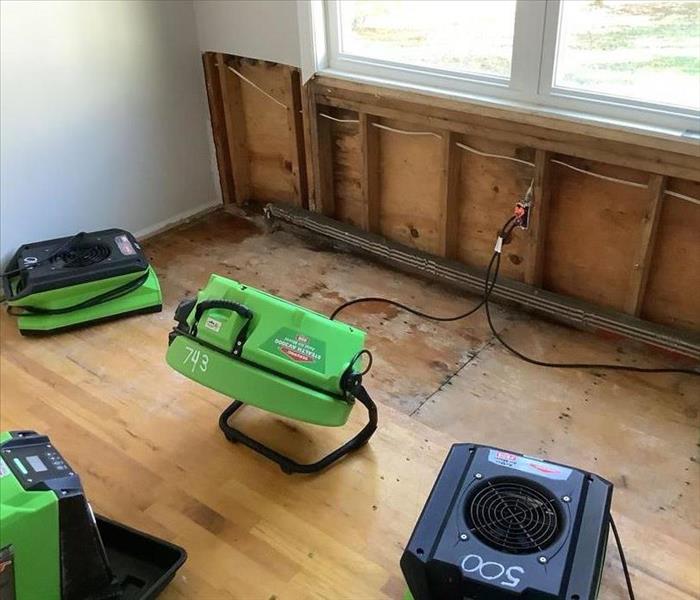 We’re dedicated to responding immediately to storm damage emergencies because a fast response helps limits further damage and reduces cost.
We’re dedicated to responding immediately to storm damage emergencies because a fast response helps limits further damage and reduces cost.
New Jersey is the fifth smallest state and home to over 9 million people, being the most densely
populated state in the U.S. That’s because New Jersey has so much to offer from the beaches,
dense forests, city life, mountains and much more. But what happens when a sudden
destructive storm affects your Silverton home?
Primal Survivor has provided a list of the most
common natural disasters in New Jersey so you can be prepared:
- Floods: New Jersey’s elevation is at 250ft and the highest elevation point is 1,803ft, making the state prone to flooding. New Jersey has over 18,000 miles of streams and rivers and due to sea levels and rainfall increasing along with tropical storms, there is a higher risk of flooding. Flooding can occur all over New Jersey but some parts are more susceptible to it. Climate change is also adding to the risk.
- Hurricanes: New Jersey rarely gets hit directly by hurricanes. Often times it receives the remnants of the hurricane, because of how densely populated it is when it does the damage can be severe.
- Heavy Snowfall: Between October and April New Jersey brings between 40-50 inches of snow. January and February are the coldest months of the year with temperatures typically in the high 30s. According to USA.com NJ ranks # 24 for the most snowfall in the country.
- Freezing Rain: If the temperature is 32 degrees or colder, when the rain hits the surface it turns to ice. This most commonly occurs in the months of December and January. The biggest issue with this is it leads to icy roads causing treacherous driving conditions.
- Heat Waves: Heat days are increasing in New Jersey with the average of 5 “dangerous” heat days per year. National Weather Service defines it as days with the heat index 103F or above.
- Wildfires: According to the state Forest Fire Service, New Jersey averages about 1,500 wildfires per year. New Jersey forests consist mostly of hardwood and there isn’t a lot of undergrowth, so the fires don’t spread as quickly.
- Tornadoes: On average New Jersey gets about two tornadoes per year. There have been 182 confirmed tornadoes in New Jersey since 1950. Because of how densely populated the state is, even F1 and F2 tornadoes can cause severe property damage.
Storm damage to your property is not something any of us want to experience. As long as
yourself and your loved ones are unharmed, the rest can be restored. SERVPRO of Toms River
is a leader in storm and water damage restoration with specialized training and expertise to restore your property back to its pre-storm condition. Our restoration process puts an emphasis on scientific drying techniques, progress monitoring and documentation.
Severe Weather and Keeping Safe from Storms and Hurricanes
4/10/2023 (Permalink)
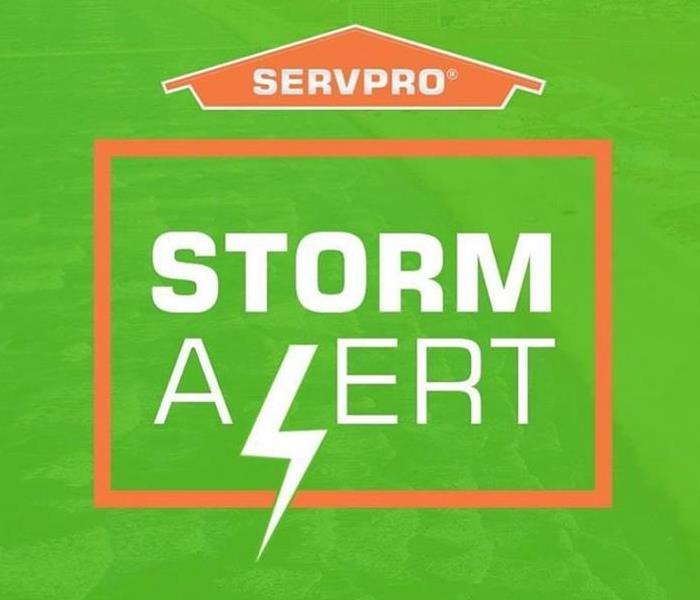 SERVPRO of Toms River responds immediately to your flood and storm damage emergencies.
SERVPRO of Toms River responds immediately to your flood and storm damage emergencies.
Severe weather in Ocean County can happen at any time. While it may be difficult to prepare for the unpredictable, there are steps you can take now to help ensure you are ready when disaster strikes.
Before the storm:
- Build an emergency supply kit
- Develop a communication plan
- Unplug any electrical equipment that doesn’t need to be used in case of lightning
- Secure outdoor objects
- Shutter or board up windows and doors
During the storm:
- Stay indoors
- Use radio or TV to keep updates on changes
- Avoid contact with corded phones
- Avoid contact with electrical equipment or cords
- Avoid contact with plumbing as they can conduct electricity
- Stay away from doors and windows
After the storm:
- Never drive or walk through a flooded areas
- Stay away from storm damaged areas
- Stay away from downed power lines and report them immediately
The first step to becoming weather ready is to understand the types of hazardous weather that can affect and impact where you live and work. Learn the important terms that may happen in your area. Here is a list of common weather terms for the Ocean County area that you may hear before, during and after a storm:
- Storm surge is the abnormal rise of water generated by a storm’s wind. This can travel several miles inland, especially along bays, rivers and estuaries.
- Flooding is when water covers or submerges normally dry land with a large amount of water and can persist for several days after a storm has dissipated.
- Winds from storms can damage and destroy buildings.
- Tornadoes can accompany landfalling storms and can occur in rain bands away from the center of a storm.
- Dangerous Waves can pose significant hazard and damage to coastal residents’ structures and businesses, even when the storm is more than 1000 miles offshore.
- Watch is for conditions that are possible to become a for severe weather event. Remain alert for further warnings.
- Warning is when severe weather has been spotted or indicated by radar. This means that severe weather is expected and to take cover immediately.
Floods and storms don’t wait for normal business hours, and neither do we. You can depend on an immediate response from our highly trained technicians at SERVPRO of Toms River.
Understanding Mold in Your Beachwood Home
2/10/2023 (Permalink)
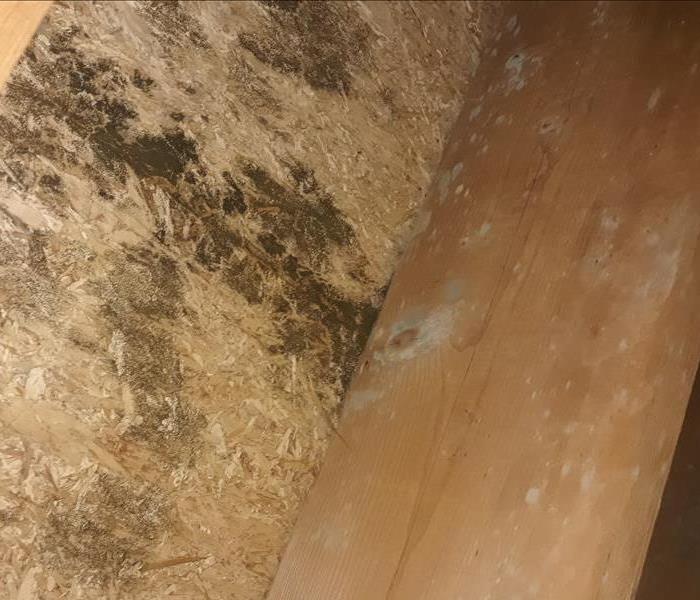 Mold from a leak in a Beachwood basement before SERVPRO of Toms River's mold remediation removal process.
Mold from a leak in a Beachwood basement before SERVPRO of Toms River's mold remediation removal process.
Do you know that mold growth can start in 24-48 hours?
When water and/or moisture intrudes into your property, mold growth can start in as little as 24 hours. Mold growth occurs when mold spores settle on a surface at the proper temperature, with appropriate food sources, and with the proper amount of moisture.
Consider the following mold facts:
- Mold is present almost everywhere, indoors and outdoors.
- Mold spores are microscopic, float along in the air, and may enter your home through windows, doors, or AC/heating systems or even hitch a ride indoors on your clothing or a pet.
- Mold spores thrive on moisture.
- Mold spores can quickly grow into colonies when exposed to water.
- Before mold remediation can begin, any sources of water or moisture must be addressed and stopped. Otherwise the mold may return.
- Mold grows fastest between 77°F and 86°F with relative humidity above 55%.
How do I tell if my Beachwood home has mold?
You can contact a qualified mold testing company.
What to do if you discover it is mold?
Mold in your home should be treated with caution until it can be safely remediated. Try to avoid the areas affected with mold if possible. Don’t touch or disturb the mold because you could inadvertently cause the mold to spread.
If you suspect that you have a mold issue and are in need of mold remediation in Ocean County, contact SERVPRO of Toms River at 732-349-9898.
 Certified Firms work in the field every day with unmatched expertise to complete complex projects and do it right the first time.
Certified Firms work in the field every day with unmatched expertise to complete complex projects and do it right the first time.




 24/7 Emergency Service
24/7 Emergency Service







